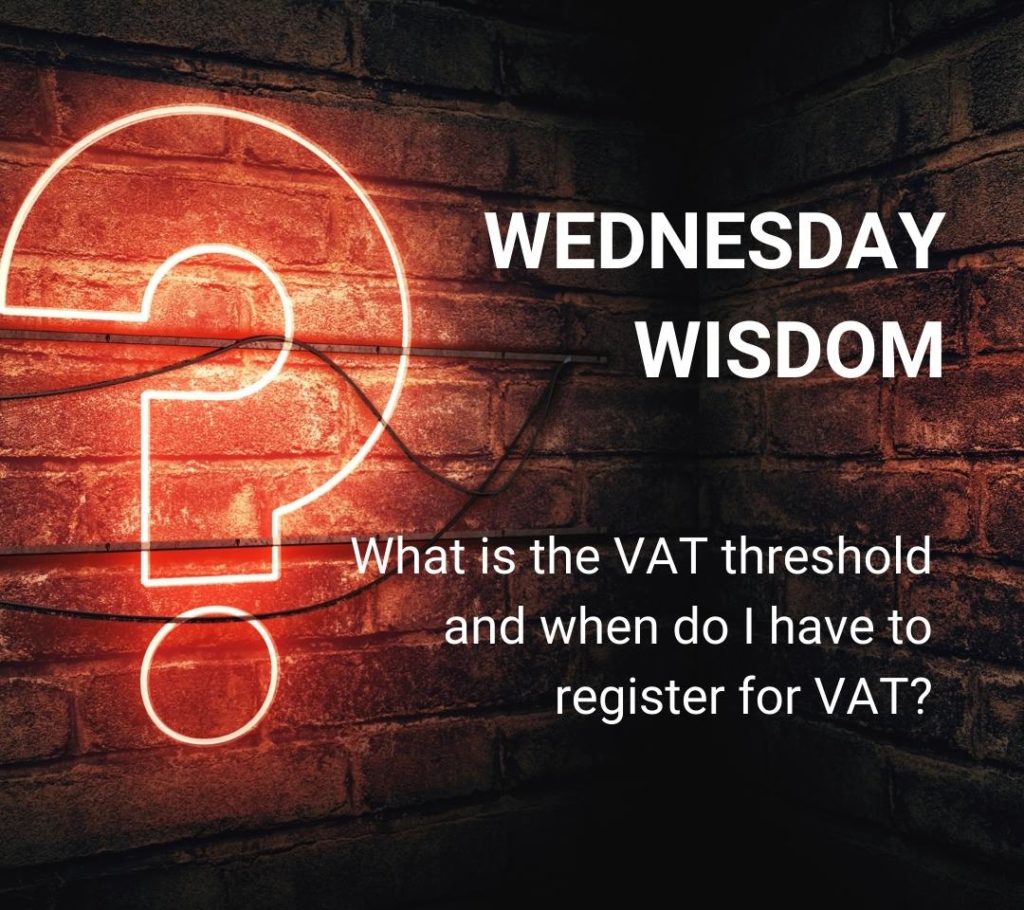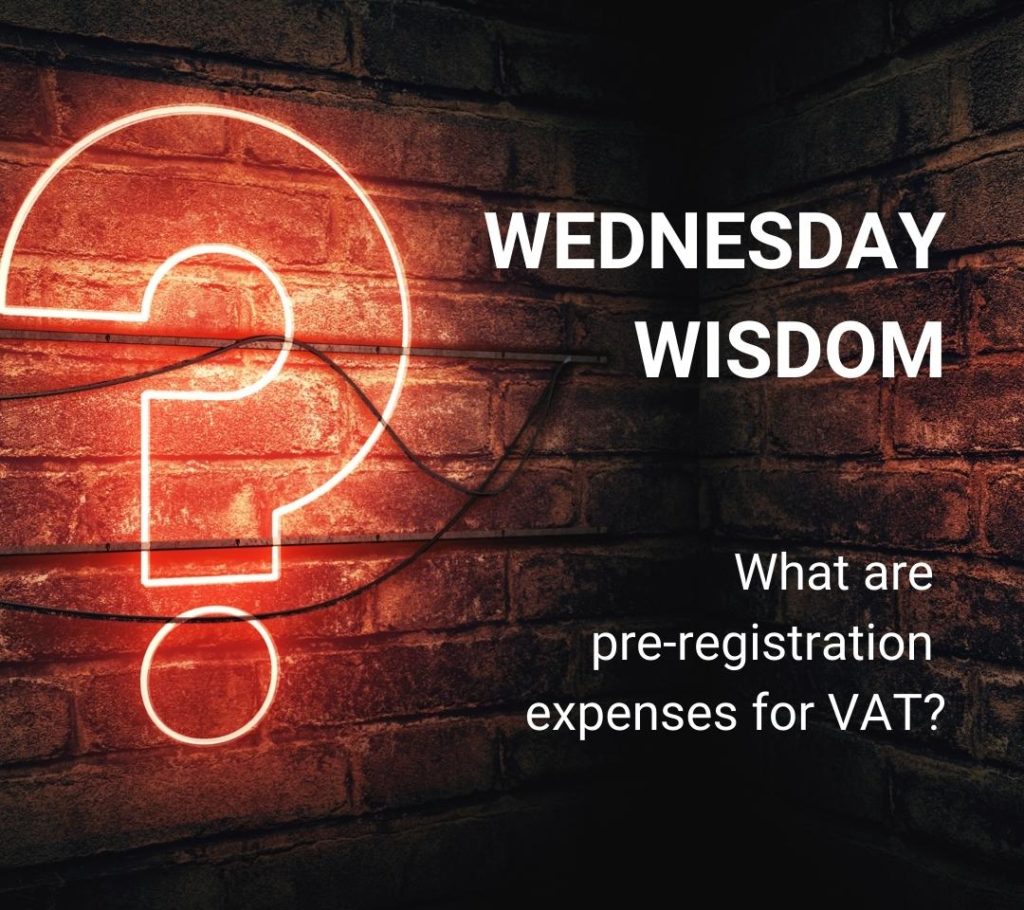What is a Reverse Charge and when should I apply it?
The reverse charge applies to transactions that occur between businesses in two different countries within the EU. In typical transactions within a country, it is the responsibility of the seller to record VAT on their sales. The reverse charge transfers this responsibility to the buyer.
The reverse charge is the amount of VAT you would have paid on that service if you had bought it in the UK. You have to add that amount to the total of VAT you are going to pay to HMRC that quarter, but also to the amount of VAT you are going to reclaim in that quarter. That means you don’t pay anything extra to HMRC or reclaim anything extra from them.
This process allows tax authorities on both sides to see that the regulations were followed concerning cross-border transactions.
When does a reverse charge apply?
The reverse charge applies primarily in business-to-business (B2B) transactions. In business-to-customer (B2C) payments, the reverse charge does not apply, though other EU regulations might be applicable.
The reverse charge generally applies in the three following scenarios:
- When goods are sold across borders within the EU from one VAT registered business to another;
- When certain services such as those relating to property that cannot be moved as well as live events, which occur in the same location as the supplier;
- Import of goods or domestic supply of goods in certain countries.
In general, the first category is the main one that concerns businesses operating across borders within the EU, as well as the UK currently.







